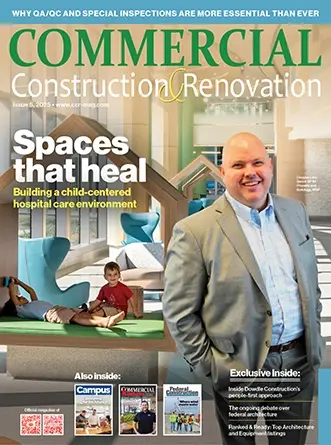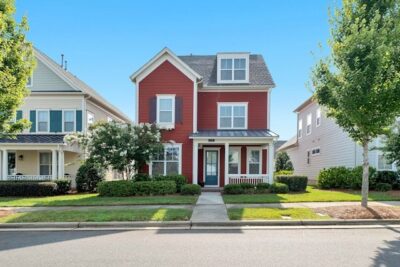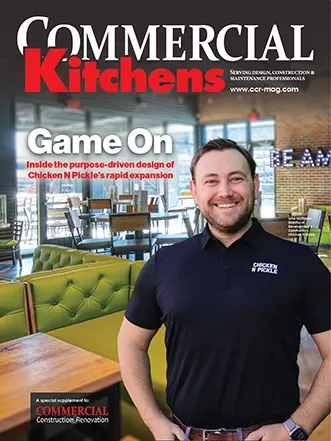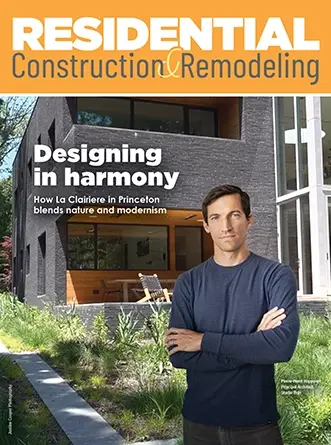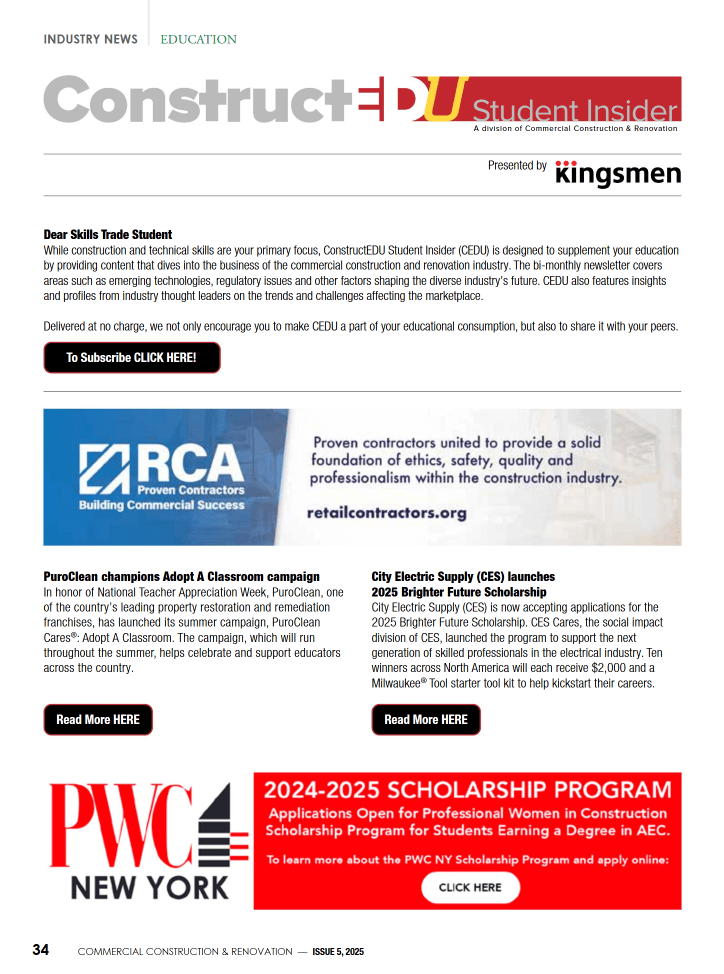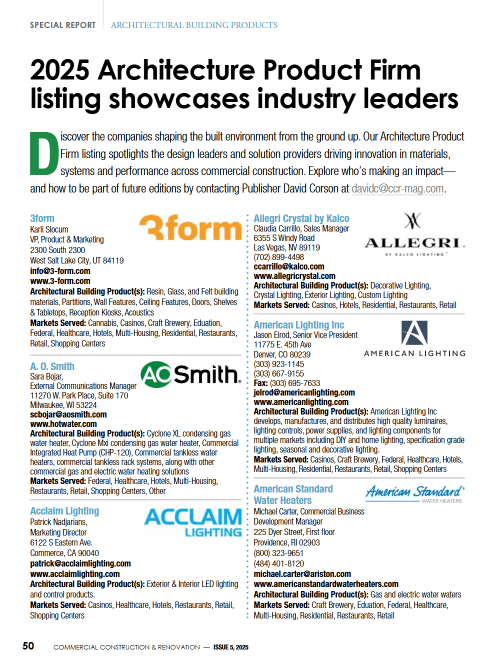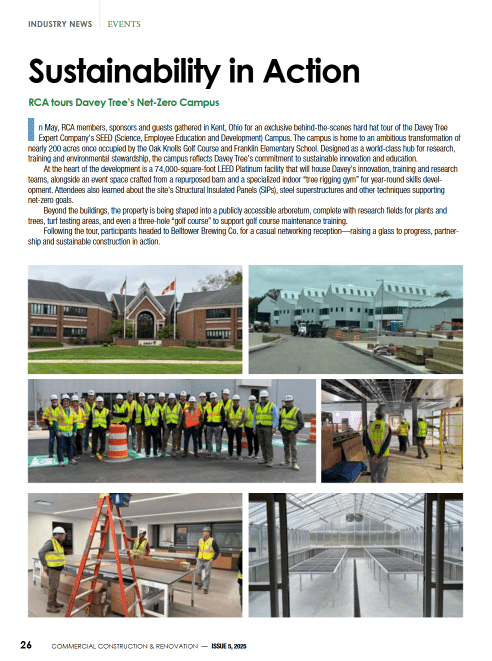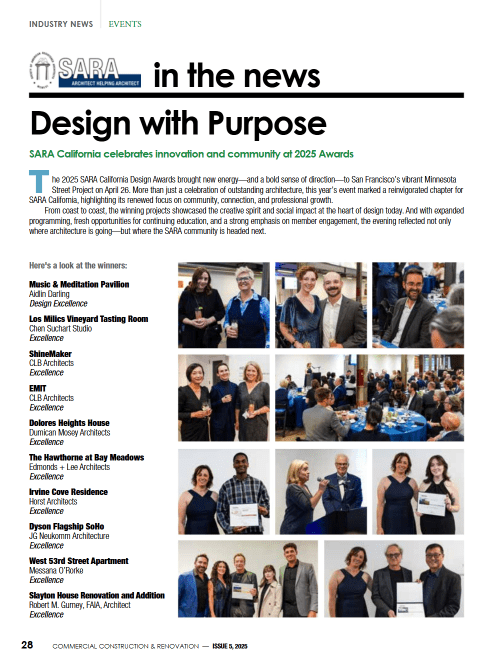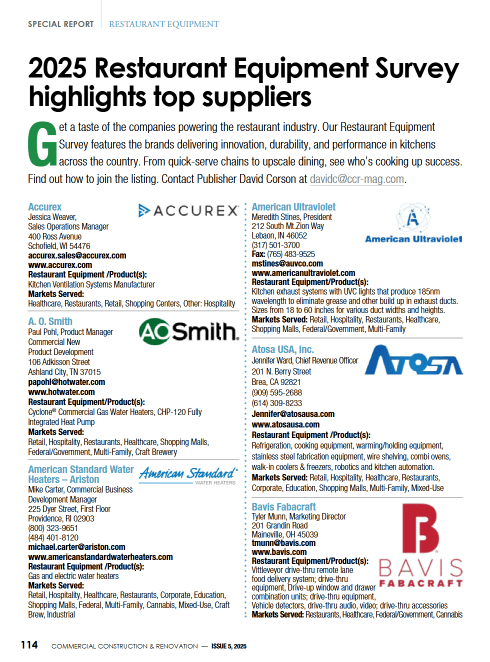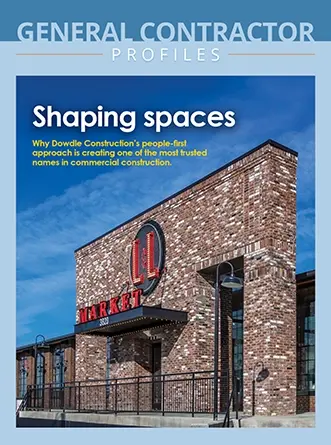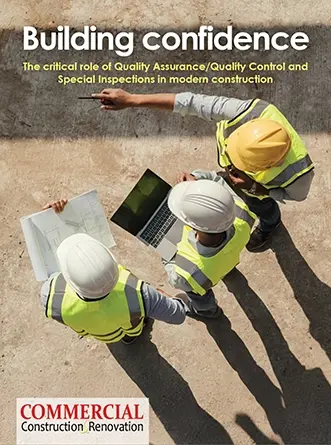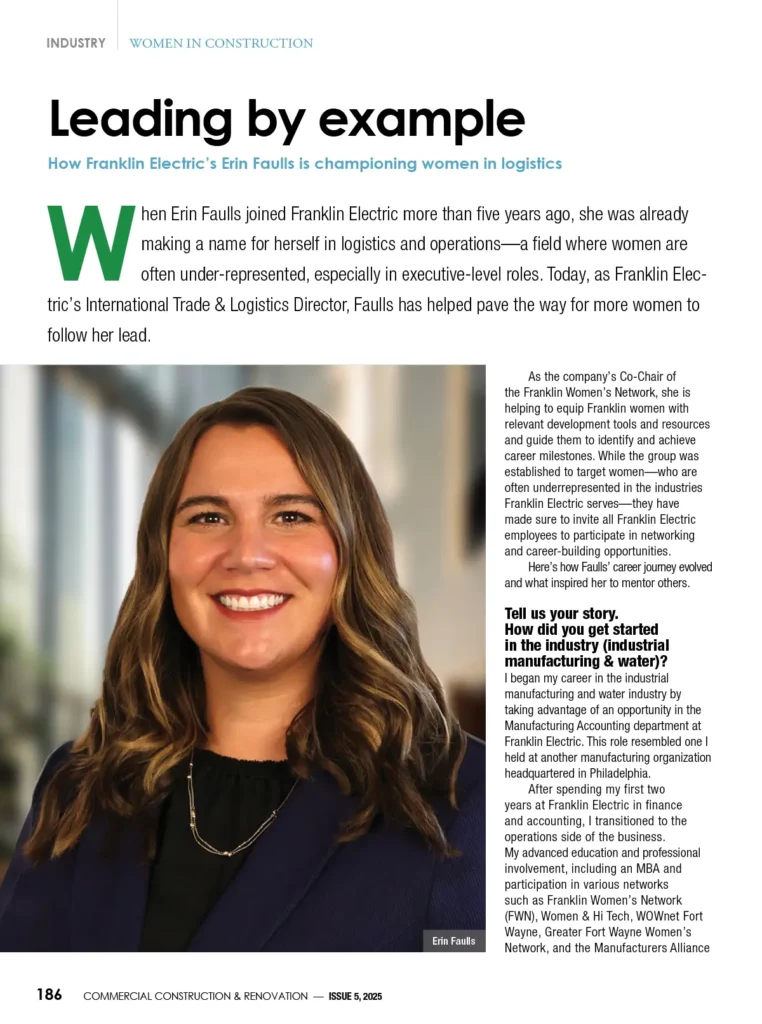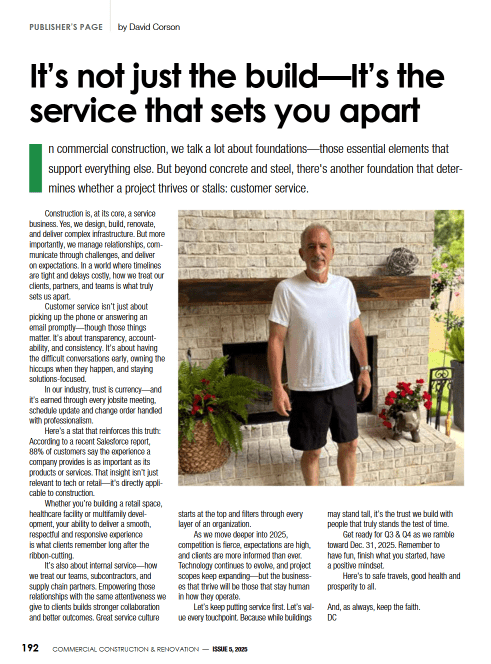So you’re thinking about moving to Texas, or maybe you’re already here and looking for a safer place to raise your family? Yeah, Texas is absolutely massive and trying to figure out where to live can honestly feel totally overwhelming when you’re staring at all these different cities and neighborhoods.
Whether you’re relocating because of a new job, you want your kids in better schools, or you just want to live somewhere where you don’t have to worry about walking to your car at night, picking the right neighborhood is probably one of the biggest decisions you’ll make.
A house isn’t just about the building itself – it’s about everything that surrounds it. The neighbors, the community vibe, whether you feel safe letting your kids ride their bikes around the block. All that stuff matters way more than granite countertops or a fancy master bathroom.
Let’s talk about what you should actually be looking for when you’re trying to find a secure place to live, especially if safety is really important to your family.
Start with the Numbers – Crime Maps and Local Reports
Before you fall in love with a cute house, do your homework on the actual crime statistics for that area. Check out the local police department websites, or use online tools like NeighborhoodScout, SpotCrime, or City-Data to get real numbers.
If you’re specifically looking at Houston, research which areas consistently rank as the safest neighborhoods in Houston based on crime data and community feedback.
But don’t just look at one bad incident and write off a whole neighborhood. Look for trends over time – is crime going up or down? Are we talking about one crazy week, or is this a pattern that’s been going on for years?
Declining crime rates are actually a really good sign that a neighborhood is improving, even if it’s not perfect yet. Sometimes you can get a great deal on a house in an area that’s trending in the right direction.
Pay attention to what types of crimes are happening too. Property crime is different from violent crime, and both are different from occasional vandalism by bored teenagers.
Figure Out What “Safe” Actually Means to You
Here’s the thing – when people say they want a “safe” neighborhood, they might mean totally different things. Some people are worried about break-ins and car theft. Others want good street lighting and sidewalks where they can jog at night. Some families just want a place where kids can play outside without constant supervision.
Safety could mean low crime rates, but it could also mean well-maintained streets, quick emergency response times, or just having neighbors who actually know each other and look out for one another.
Think about what your family specifically needs. Are you worried about your teenagers walking home from school? Do you want to be able to leave your garage door open while you’re working in the yard? Do you need to feel comfortable with your kids walking to the park alone?
Getting clear on what safety means to you will help you focus on the right factors when you’re researching neighborhoods.
Visit at Different Times – Not Just During the House Tour
This is so important, and most people totally skip this step. A neighborhood that looks perfect at 10 a.m. on a Tuesday might feel completely different at 9 p.m. on a Friday night.
Drive around or walk through the area at different times of day and different days of the week. Pay attention to how well the streets are lit at night, how much noise there is, whether you see people out and about, and how neighbors interact with each other.
Don’t be weird about it but try to chat with some of the locals if you get a chance. People who actually live there will give you way more honest feedback than any website or realtor will.
Ask them about things like how quickly police respond, whether they’ve had any problems, and what they like or don’t like about living there.
Research Schools and Local Amenities
Here’s something interesting – good school districts and safer neighborhoods often go together. It’s not always the case, but there’s definitely a correlation because families who care about education often also care about community safety.
Check out school ratings and parent reviews, but also look at whether the schools have good safety protocols in place. Do they have proper security? How do they handle pickup and dropoff? Are the school zones well-marked and safe for kids to walk through?
Also think about everyday stuff like how close you are to grocery stores, parks, libraries, and healthcare. Having good amenities nearby means you’re not constantly driving across town, and it usually means the area is well-maintained and invested in.
Think About Future Growth and Development
Sometimes the neighborhoods that don’t rank super high on current safety lists are actually up-and-coming areas that could be great investments for the future.
Talk to local realtors about what’s planned for the area – new developments, city investments in infrastructure, business growth, stuff like that. Sometimes you can get into a neighborhood before it becomes really popular and expensive.
But be realistic about timelines. If you need a safe place for your family right now, don’t bet on an area that might improve in five years.
On the flip side, make sure you’re not moving somewhere that’s about to become way more crowded or commercial than you want.
The Bottom Line
Finding a secure neighborhood in Texas takes way more work than just doing a quick Google search and picking the first place that looks nice online.
You need to do real research, spend time actually visiting the areas you’re considering, and be honest about what your family needs both now and in the future.
With the right approach and enough patience, you’ll find a community that doesn’t just feel safe but actually feels like home – the kind of place where you’re happy to put down roots and build a life.

